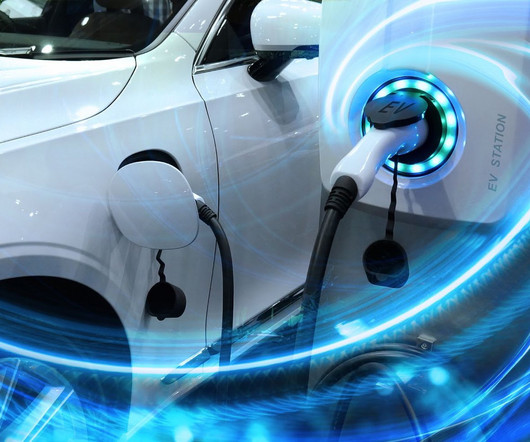What Is Bidirectional Charging? Understanding the Benefits for Both Drivers and Businesses
EV Connect
JANUARY 9, 2023
In one-directional charging, alternating current (AC) electricity is converted to direct current (DC) energy that’s stored in an EV battery to power the car. This conversion can happen within the charger or in the vehicle, depending on which device is equipped with a converter. What Electric Cars Have Bidirectional Charging?












Let's personalize your content